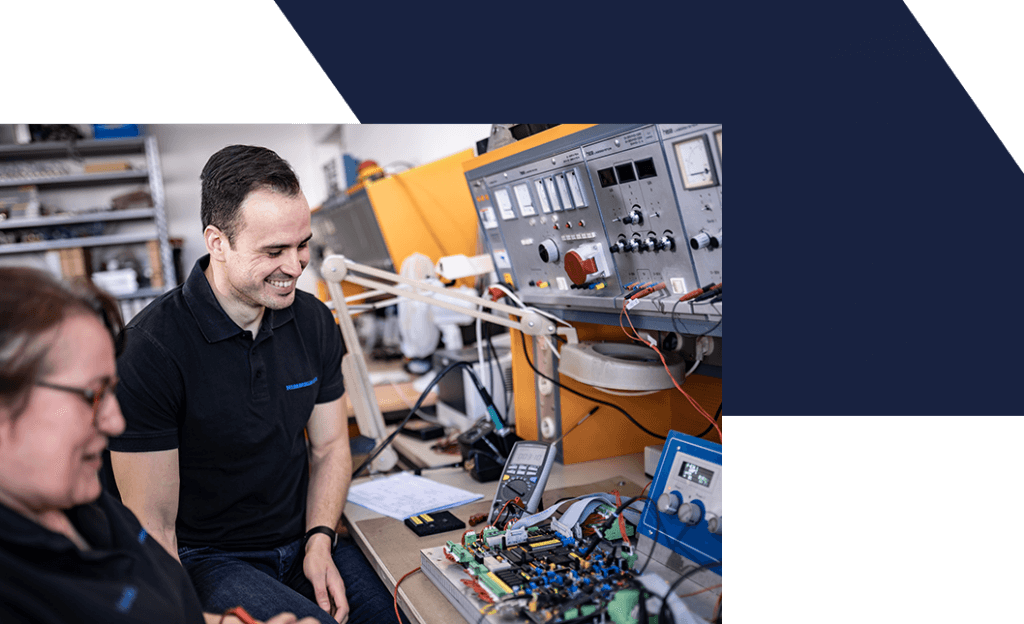Inductive melting plants
instead of conventional melting furnaces

Melting metals, iron and steel is easier than ever. With induction melting furnaces, the process makes a big leap towards resource efficiency and workplace quality.
Our Himmelwerk melting plants have been specially developed for the digestion of metallic samples.
The benefits here are also the very fast, time-limited heating time and the resulting pleasant working climate. Occupational safety is always sure with induction melting furnaces.
Where is the inductive melting furnace used?
Our Himmelwerk melting plants are reduced to the essentials so that they can be used flexibly in every laboratory and every production. In doing so, we have not neglected the workplace safety requirements that are necessary when melting metal.
The intuitive operation of the melting plant and the manual operability are also important benefits for laboratories. For example, it is used by manufacturers in the steel and metallurgy industry, but also for manufacturer-independent quality assurance of metallic alloys.
Your process
Inductive melting plants for industry
Whether for your laboratory or for your production – we develop the right induction heating solution for your melting processes.


Our service
Keeping an eye on the future
We are not only reliable at your side when it comes to repairs and maintenance. We also address the further development of solutions.
Plants for your
production

